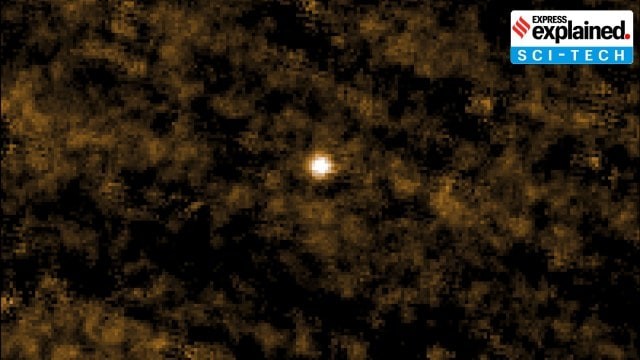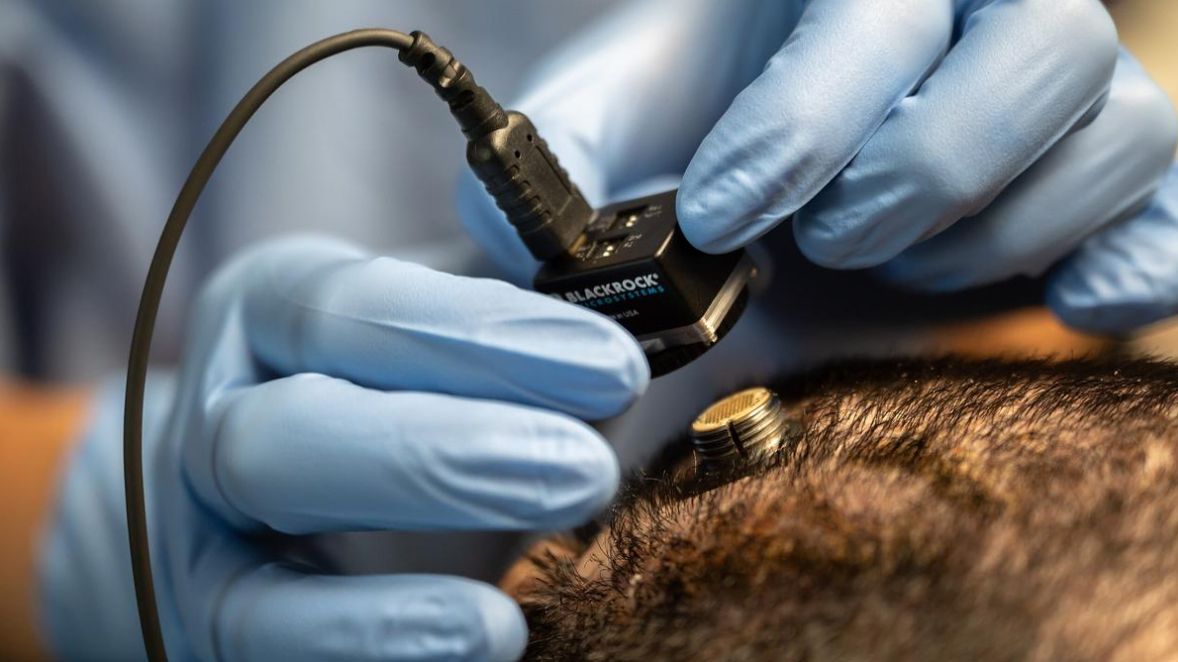Description

Source: Hindu
Disclaimer: Copyright infringement not intended.
Context
- China's space exploration efforts have reached a significant milestone with the Chang'e 6 mission, which aims to bring back lunar samples from the moon's far side.
- This mission is a part of China's ambitious Chang'e program, named after the moon goddess in Chinese mythology, and represents a significant step in understanding the moon's geology and the formation of planetary bodies.
Details
Chang'e 6 Mission Details
- Launch and Lunar Orbit:
- Launched on May 3 and entered lunar orbit on May 8.
- The lander complex separated from the orbiter on May 30 and descended into a large crater named Apollo on June 1.
- Sample Collection:
- A drill and scoop were used to extract about 2 kg of lunar soil.
- Samples were transferred to an ascender which took off on June 4 and handed over the samples to the orbiter.
- Return Journey:
- The sample-bearing capsule is expected to return to Earth on June 25, 2024.
The Chang'e Missions: A Timeline
- Chang'e 1 (2007):
- Launched by the Chinese National Space Administration (CNSA) as part of the Chinese Lunar Exploration Programme (CLEP).
- Created a detailed map of the moon’s surface.
- Chang'e 2:
- Equipped with a better camera for enhanced imaging.
- Data used to prepare for the Chang'e 3 mission.
- Chang'e 3 (2013):
- Successfully landed a rover on the moon, marking the beginning of phase II missions.
- Chang'e 4 (2019):
- Achieved the first landing on the moon's far side.
- Explored the more mysterious and rugged terrain of this region.
- Chang'e 5 (2020):
- Collected and returned lunar soil samples from the moon’s near side.
- Introduced a complex mission structure involving a lander, an ascender, an orbiter, and a returner.
- Chang'e 6 (2023):
- Currently in progress, aiming to replicate the success of Chang'e 5 but from the moon’s far side.
- Seeks to understand the differences between the near and far sides of the moon.

The Far Side of the Moon
- Tidally Locked: The moon is tidally locked with Earth, meaning the same side always faces our planet.
- Terrain: The far side is rockier with fewer smooth plains compared to the near side.
- Communication Challenges: Direct communication with a spacecraft on the far side is impossible without a relay satellite due to the lack of line of sight.
Scientific Goals and Challenges
- Understanding Terrain Asymmetry:
- Scientists aim to understand why the far side's terrain is so different from the near side.
- Hypotheses include differences in thermochemical characteristics and the influence of heat released by Earth during the moon's formation.
- Potential Discoveries:
- Far-side samples could provide insights into the moon’s history and planetary formation processes.
- The data may reveal new information about lunar geology and the early solar system.
Broader Implications
- Telescope Installation:
- The far side is considered ideal for installing large telescopes due to the lack of Earth’s interference.
- ISRO and the Raman Research Institute in Bengaluru are working on such a device, PRATUSH.
- China’s Growing Space Ambitions:
- The Chang'e missions demonstrate China's expanding capabilities and ambitions in space exploration.
- Successful missions bolster China's position in the global space race and pave the way for future lunar and interplanetary missions.
- International Collaboration and Data Sharing:
- While CNSA has been relatively reserved in sharing mission updates, international scientific collaborations depend on data access.
- The extent of data sharing and collaboration with foreign research groups remains to be seen.
Must read article:
Change 6
Sources:
Hindu
|
PRACTICE QUESTION
Q. China's Chang'e 6 mission represents a critical step in lunar exploration, potentially unlocking new scientific insights about the moon's far side. Discuss. (150 Words)
|











